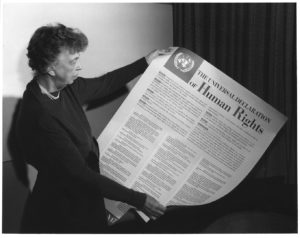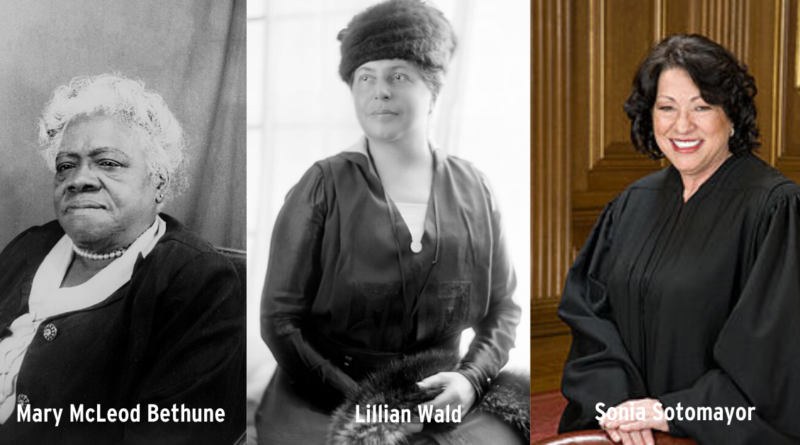NYCHA Developments Named after Women
To celebrate Women’s History Month, we are highlighting the Authority’s developments named after notable women. These trailblazing women made remarkable contributions to American life and are an inspiration to all residents who reside in their namesake developments.
Bethune Gardens: Mary McLeod Bethune (1875-1955) – An educator who founded the National Council of Negro Women and was vice president of the National Association for the Advancement of Colored People (NAACP).
Bracetti Plaza: Mariana Bracetti (1825-1903) – She was known as “Arms of Gold,” and is believed to have crafted the first Puerto Rican flag known as the Boriquas Latin Cross, which today remains as the Puerto Rican symbol of revolution and independence.
Wald Houses: Lillian Wald (1867-1940) – A dynamic force for social reform, she created widely accepted models of public health and social service programs. She founded Henry Street Settlement, played a key role in organizing the American Red Cross, and was a leader in the fight to abolish child labor.
Justice Sonia Sotomayor Houses: Justice Sonia Sotomayor (1954- ) – Justice Sotomayor is the 111th Associate Justice of the U.S. Supreme Court, and the Court’s first Hispanic-American Justice. She is an iconic figure in the American legal community with 30-year career. She lived at the Bronxdale Houses from 1957 until 1970, and it was renamed for her in 2010.

Roosevelt Houses: Eleanor Roosevelt (1884-1962) – First Lady of the U.S. who fought constantly for women’s rights and for the betterment of Black people, youth, the poor, and the unemployed. A U.S. Delegate to the United Nations, she was made chair of the Commission for Human Rights in 1946.
Sondra Thomas Apartments: Sondra Thomas (1927-1983) – She was involved in labor and education issues and housing for the poor and displaced. She fought to find affordable homes for people displaced by the massive West Side Urban Renewal program. Through her efforts, some 2,000 families found affordable homes in their own neighborhood.







